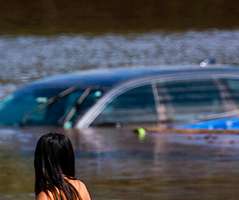Book Review: Justice, Equity, and Emergency Management
Recovery Diva
MAY 12, 2022
In Chapter 5, “Federal Indian Policy and the Fulfillment of the Trust Responsibility for Disaster Management in Indian Country,” Samantha J. Richard Krajeski, presented with transcribed commentary by a dozen participants of a special session held in his memory as part of the July 2020 Natural Hazard Workshop.











Let's personalize your content